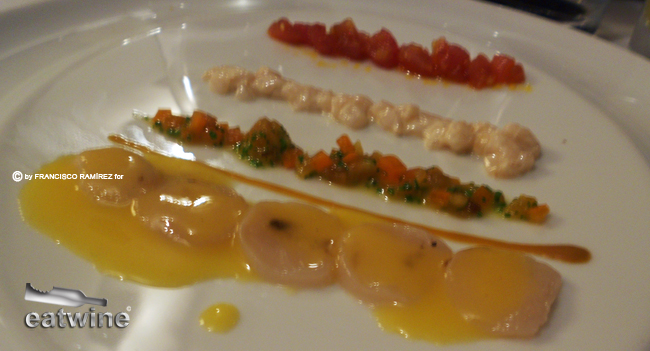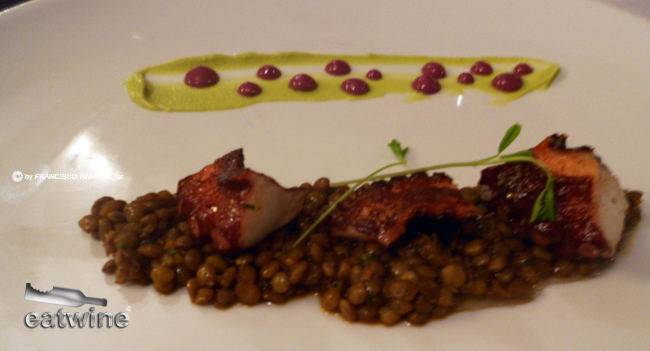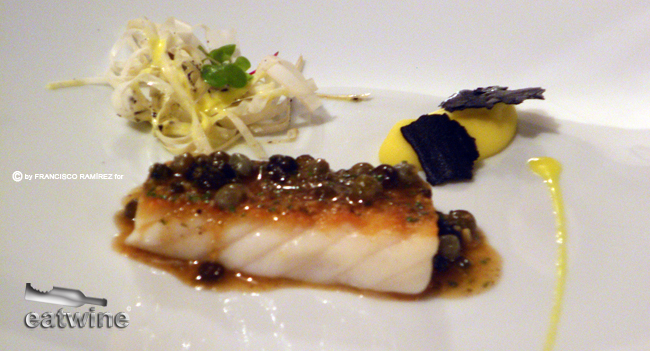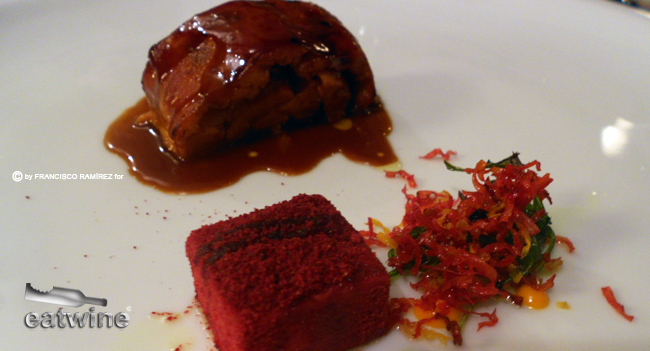I won’t lie. I find (Chilean) pisco not very attractive, for my paladar at least. The smell of it still conjures up drunken memories of piscola (pisco + coke) in the university during my junior year abroad in Santiago. The hangover from those damned drinks still lingers too, even though more than 15 years have passed. I have been traveling a lot to Peru this year for business and I have started changing my mind about pisco—that is, Peruvian pisco. It’s got its merits. It is refined and more elegant as a spirit. There are many varieties of pisco. And the best part, the chefs and mixologists are learning to use it in creative, delicious cocktails, not only to drink on its own but to pair with food.
When I was in Lima in May, and again last week, I decided to skip the wine. Only pisco (and an occasional beer). Besides drinking the ever ubiquituious pisco sour, Peru’s national drink, I decided to dare to try more creative concoctions and open my palate to the pisco world of possibilities. Since pisco is the iconic spirit from Peru, and the local wines are lackluster, wouldn’t it be most appropriate to find the ideal food pairings with Pisco instead of imported wines? I thought so.
To conduct this experiment, I headed both times to Central Restaurant, under the command of the talented, youngish chef Virgilio Martínez, who is about to debut his new “Lima” restaurant in London. Going to Central to dine is akin to boarding a plane to travel all around Peru, letting yourself be surprised by the flavors, textures and his creativity. I took off with an appetizer called líneas de conchas, roughly translated “Shell Line”, that consisted of fresh scallops, conchs from Paracas (2 hours south of Lima on the coast), mashed avocado and a play on the traditional tiradito, similar to sashimi with a piquant yellow chili sauce. Accompanying the dish was a shot of Pisco Italia (an aromatic varietal) with cocona, a very acidic fruit from the Amazon, blended with mandarin juice and a touch of orange blossom water. The drink was very round in the mouth and the acid complemented the shellfish well.
The next dish, my favorite of the night, was ruby-colored tuna belly slow-cooked at 6 degrees (Celsuis). Served in small jewel-like medallions, its contrast was a smear of creamy goat cheese, rocoto chili jam, Andean herbs and crunchy sea salt. Here, I tried a macerated Quebranta pisco, whose base flavor is neutral, that was infused with red clover. The red clover gave the pisco acidity and was slightly citric. It came cool but was not mixed with ice and was served almost like sake. Refreshing and delicious.
The third course, we returned to the aromatic Italia grape variety where the pisco was combined with araza juice, a tart fruit from the Amazon, along with a citrus liquor that intensified the flavor in the mouth. The chef sent out a grilled ceviche (yes, you read that right), with paiche, a delicious white fish from the Amazon. It had been lightly seared but raw in the middle and a piece of charcoal infused a smoky flavor. At this point, I had a nice, poetic buzz going and I suddenly saw the light that the fundamental characteristic of pisco mixology is acidity. It can come in myriad of forms—citrus juices, acidic fruits, even herbs. Pisco is an amazing flavor conductor that absorbs all the qualities of any infusion.
Next course (stomach space now shrinking, thank god portions were petit), I fell in love with the chilcano, Peru’s favorite mixer– Ginger Ale, key lime juice, and pisco. In this case, the pisco had been infused for 10 days with coca leaves to give it bitter notes. Delicious. On the side, I managed to devour a grilled octopus, possibly the most tender I have had in a restaurant, with a smoky flavor. It came on top of puy lentils with a pungent sauce made from botija, bitter purple olives and drops of creamy avocado did a little tango in my mouth.
Funnily enough, we skipped the pairing for a leg of lamb cooked in the sous vide for 23 hours. Definitely meat with intense sauces, like red wine in this case, does not marry well with pisco. There I yearned for a good Chilean coastal Syrah. Instead of dessert, I did the cheese course since at this point I was no longer hungry but still happy from the booze. The play on the cheese course was a cheese from Urubamba, in the Sacred Valley with 25 días aging. It was chopped finely with salty pistachios and topped with a sorbet made from sauco, an elderberry that grows in the Sacred Valley (taste of a wild blueberry if you will). Crunchy, salty, and slightly sweet, it came in a Martini glass aromatized with a vapor by dry ice. The dish got an A+ for presentation. The last pisco pairing? Quebranta pisco infused with hibiscus, orange juice, and Campari. It was strange, with an exotic flavor. It was my least favorite, but nonetheless clever.
Disclaimer: please excuse any blurriness, some photos were taken after the poetic Pisco buzz set in..
This exercise has taught me that good Peruvian pisco can go farther than the ever-popular pisco sour. Pisco has its subtleties that can be leveraged, understanding the complementing flavors. One thing though that’s fundamental. Always, a-l-w-a-y-s drink “Mosto Verde” pisco. This is the best quality Pisco out there, think of it like the Belevedere or Chopin of Pisco. With Mosto Verde, Central’s head mixologist told me I wouldn’t have a hangover. I was skeptical…but he was right. The next morning I felt fine. Actually it was just as if I’d been toasting with water all night long.
Central Restaurant: Santa Isabel 372, Miraflores, Lima; 51 1 242 8515, www.centralrestaurante.com.pe

















